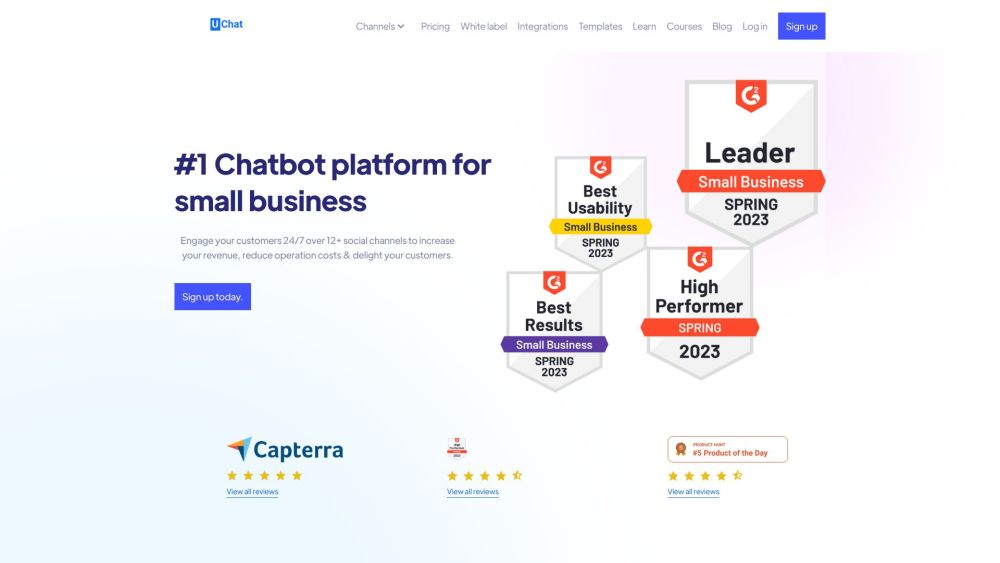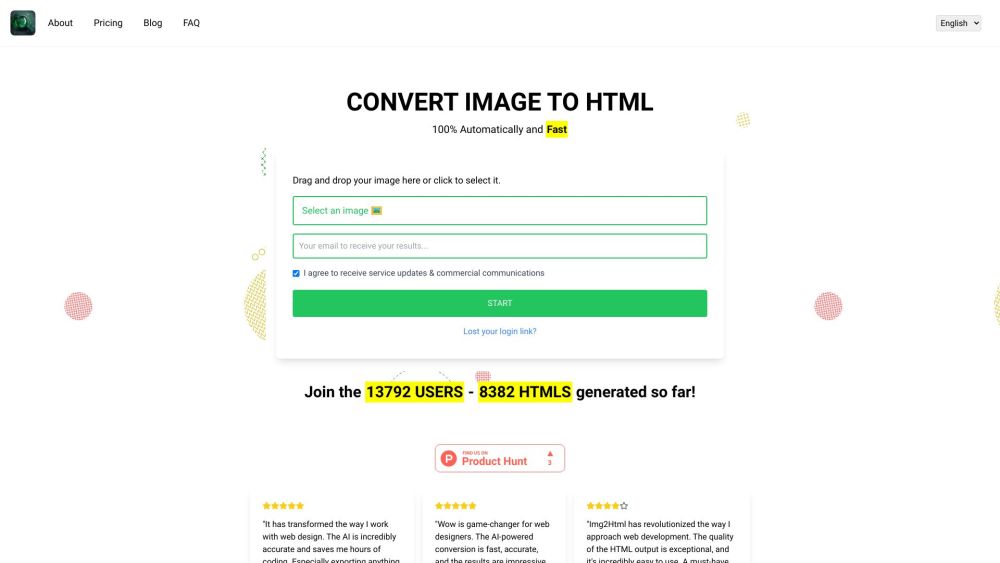Release Date and Impact Analysis of Android 15
In today's rapidly advancing technology landscape, operating systems serve as the crucial bridge between hardware and software, and every update attracts global attention. Among them, the release of new versions of Android—the most widely used mobile operating system—is particularly significant. This article explores the release date of Android 15 and the implications behind it.
Overview of Android 15’s Release Date
Since early 2024, the development of Android 15 has garnered significant interest. Key milestones in its release include:
- Developer Preview Phase: In February 2024, Google launched the first developer preview version of Android 15 (DP1), marking the beginning of the new system's development. This was followed by DP2 in March and Beta 1 in April, providing developers with a more stable testing environment.
- Beta Testing Phase: As 2024 progressed, Android 15 underwent accelerated beta testing. Between April and June, Google released Beta 2 and Beta 3, enhancing system stability and functionality, signaling the transition to a more stable platform.
- Official Release: On May 15, 2024, at the I/O conference, Google showcased the version codenamed "Vanilla Ice Cream." The official version was launched on September 24, 2024.
Factors Influencing the Release Timeline
The lengthy development period leading to the official release of Android 15 was influenced by several key factors:
- System Stability and Compatibility: As a major update, Android 15 must ensure not only the introduction of new features but also the overall stability and compatibility of the system. The extensive developer previews and beta testing phases allowed Google to gather valuable feedback and enhance system quality.
- Optimization for Large-screen Devices: Android 15 aims to improve performance on larger screens, necessitating in-depth optimization for tablets and foldable devices to meet users' growing demand for versatility. This optimization process requires considerable time and effort.
- Market Strategy and Competitive Landscape: Google’s release strategy also considers the dynamics of the market. Delaying the launch allows the company to monitor competitors and adjust its strategy, ensuring that Android 15 stands out in a crowded marketplace.
Impact and Future Outlook Post-Release
The launch of Android 15 promises to deliver a fresh experience for global Android users. The new system features comprehensive upgrades in performance, security, and privacy protection, along with innovative functionalities such as smart interaction methods and efficient resource management. These improvements are set to significantly enhance the daily user experience and propel the Android ecosystem to new heights.
Furthermore, the release of Android 15 will have far-reaching effects on all stakeholders within the Android ecosystem. Device manufacturers must quickly adapt to the new system to retain their competitive edge, while developers will need to create high-quality applications to cater to users’ diverse needs.
Looking ahead, as Android 15 gradually gains traction, the Android ecosystem is poised for a more vibrant development phase. We anticipate that Google will continue its tradition of innovation, surprising users with new features and tools. In this era filled with opportunities and challenges, the release of Android 15 paints an optimistic picture for the future.




